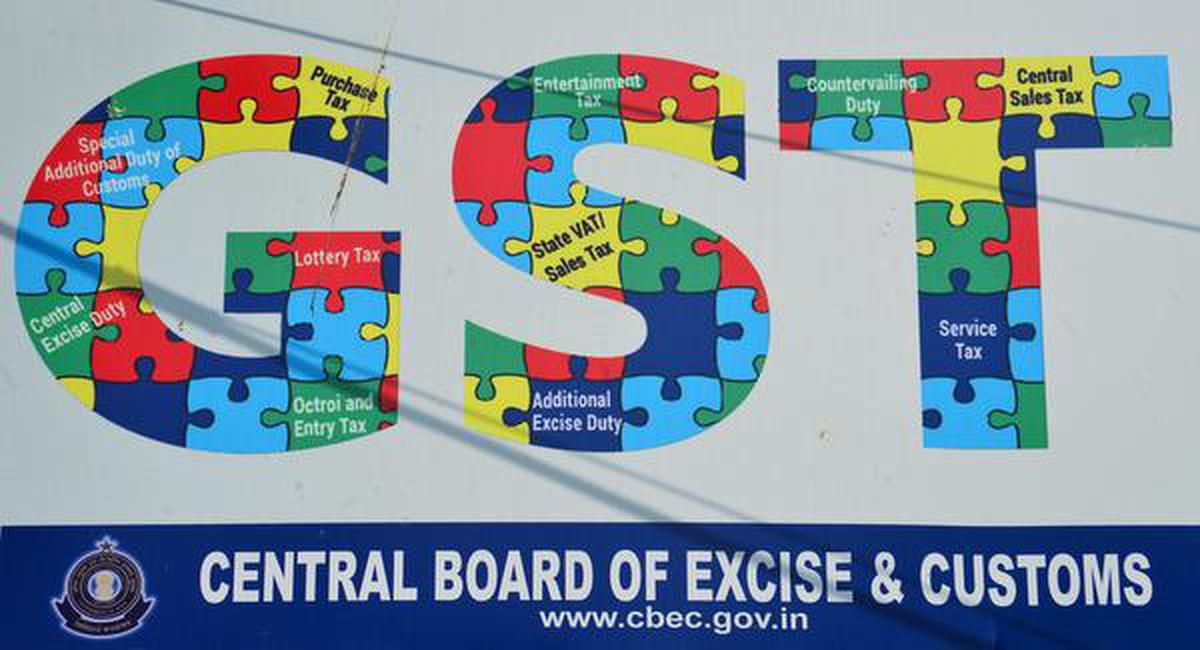In April, India’s gross Goods and Services Tax (GST) receipts reached a new record of 1,67,540 crore, with revenue from goods imports up 30% year on year and domestic transactions and services imports up 17%.
The Finance Ministry stated that April’s revenues reflect a ‘rapid recovery’ of economic activity, but industry analysts attributed part of the increase to a large increase in producer input costs, some of which can be seen in high retail prices, as well as new, tighter input credit requirements.
Overall Goods and Services Tax collections were 20% higher than a year ago and 17.9% higher than March 2022 collections of 1,42,095 crore, with 7.7 crore e-way bills generated in March, up 13% from February 2022. “Gross GST collection has crossed the 1.5 lakh crore level for the first time,” it said.
‘A number of beneficial factors’
“While GST collections in March have always been strong, the record revenues are due to a number of favourable conditions, including recent modifications allowing input tax credits only if suppliers comply with the law on time,” said M.S. Mani of Deloitte India.
The higher revenues reflect not only the continuing economic recovery but also the tremendous price rise in input costs and the implementation of GSTR 2B, which allows a recipient to only take credit for inputs whose suppliers have filed their returns, according to Vivek Jalan, a partner at Tax Connect Advisory.
The Central Goods and Services Tax accounted for 33,159 crores of the tax’s gross revenue in April, while the State GST accounted for 41,793 crores and the Integrated GST accounted for 81,939 crores, including 36,705 crores on imports.
Compensation for Goods and Services Tax Cess collections, which are used to compensate states, increased by 13.08 percent in April compared to March, reaching a total of 10,649 crores. The cess collections included 857 crores collected on goods imports, down 8.9% from the 941 crore cess collected on goods imports in March.
“Even though the increase in April’s Goods and Services Tax collections is partly due to year-end adjustments, the all-time high magnitude of inflows is very encouraging, and augurs well for robust year-on-year growth in the months ahead as well,” said ICRA chief economist Aditi Nayar, adding that despite the escalating geopolitical conflict in Europe, there is evidence of a healthy pace of economic activity in March.
Changes in growth patterns of GST
There were, however, significant differences in growth trajectories between states. While Tamil Nadu’s revenues increased by only 10% in April, Maharashtra’s increased by 25%, Odisha’s increased by 28%, Haryana’s increased by 23%, and Andhra Pradesh’s increased by 22%. GST collections increased by 19 percent in Karnataka and Rajasthan, while they increased by 17 percent in Gujarat and 16 percent in Telangana, Uttar Pradesh, and Delhi.
Six states and union territories, including Bihar (-2%), Manipur (-33%), Mizoram (-19%), and Tripura (-19%), reported a drop in revenue from a year before (-3 percent ). Inflows of GST from Lakshadweep fell 18 percent year on year, while those from Daman and Diu plummeted 78 percent.
“From the IGST, the government has settled 33,423 crores with the CGST and 26,962 crores with the SGST. The total income of the Centre and States after the normal settlement in April 2022 is 66,582 crores for the CGST and 68,755 crores for the SGST, according to the Ministry.
“This demonstrates a clear improvement in compliance behavior as a result of various measures taken by the tax administration to nudge taxpayers to file returns on time, to make compliance easier and smoother, and to take strict enforcement action against errant taxpayers identified using data analytics and artificial intelligence,” the Ministry said in a statement.

